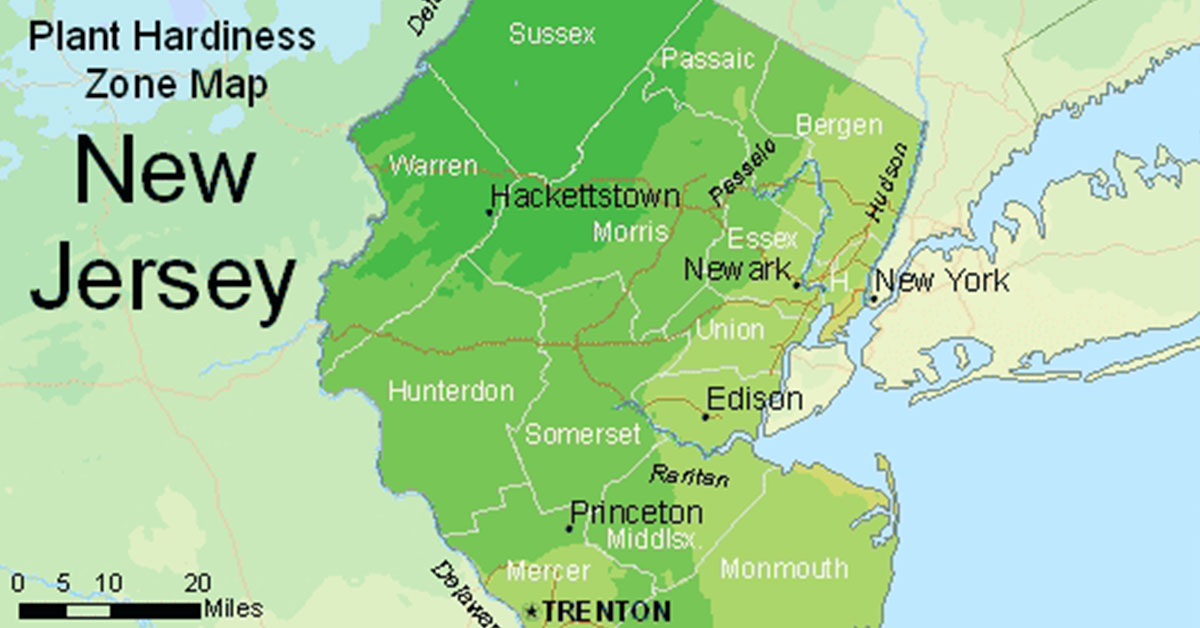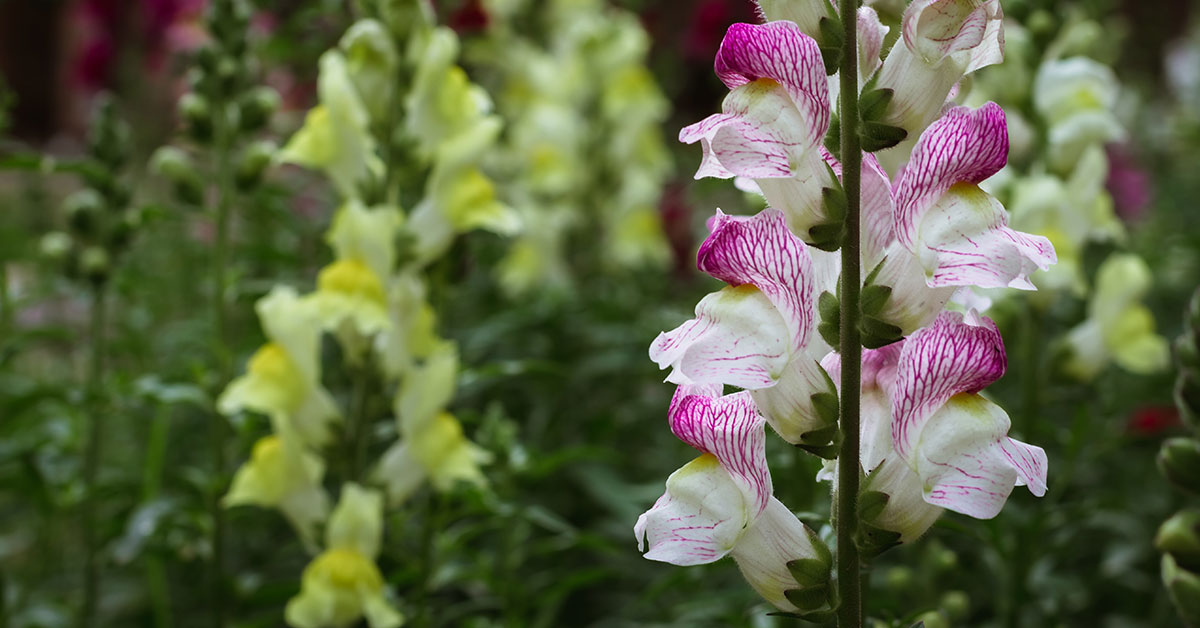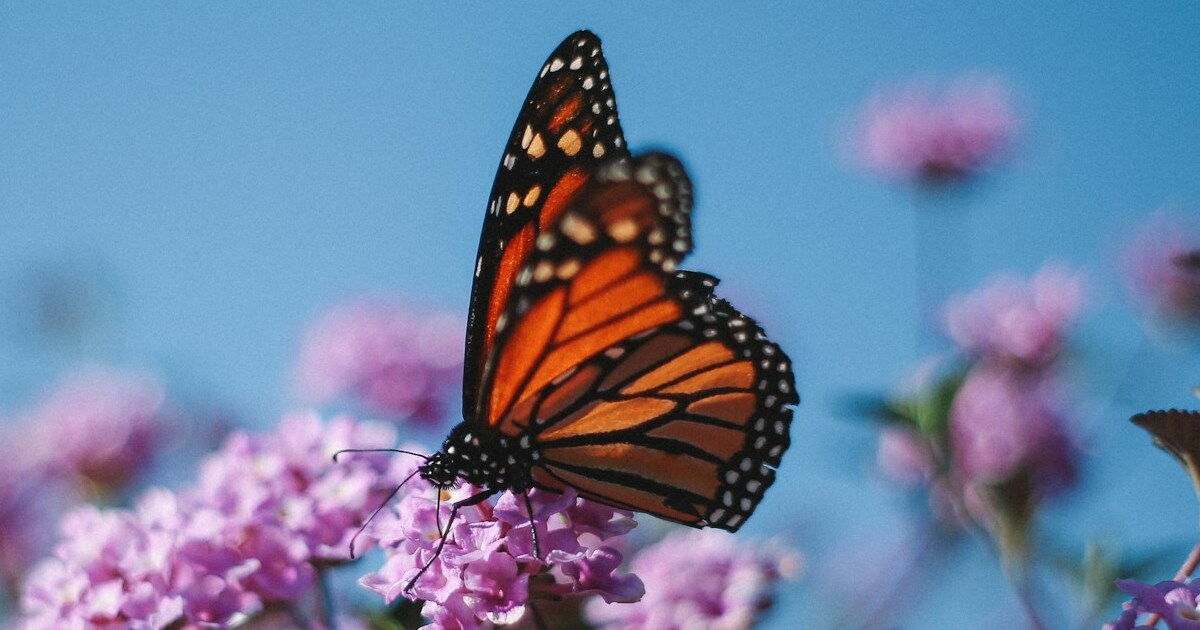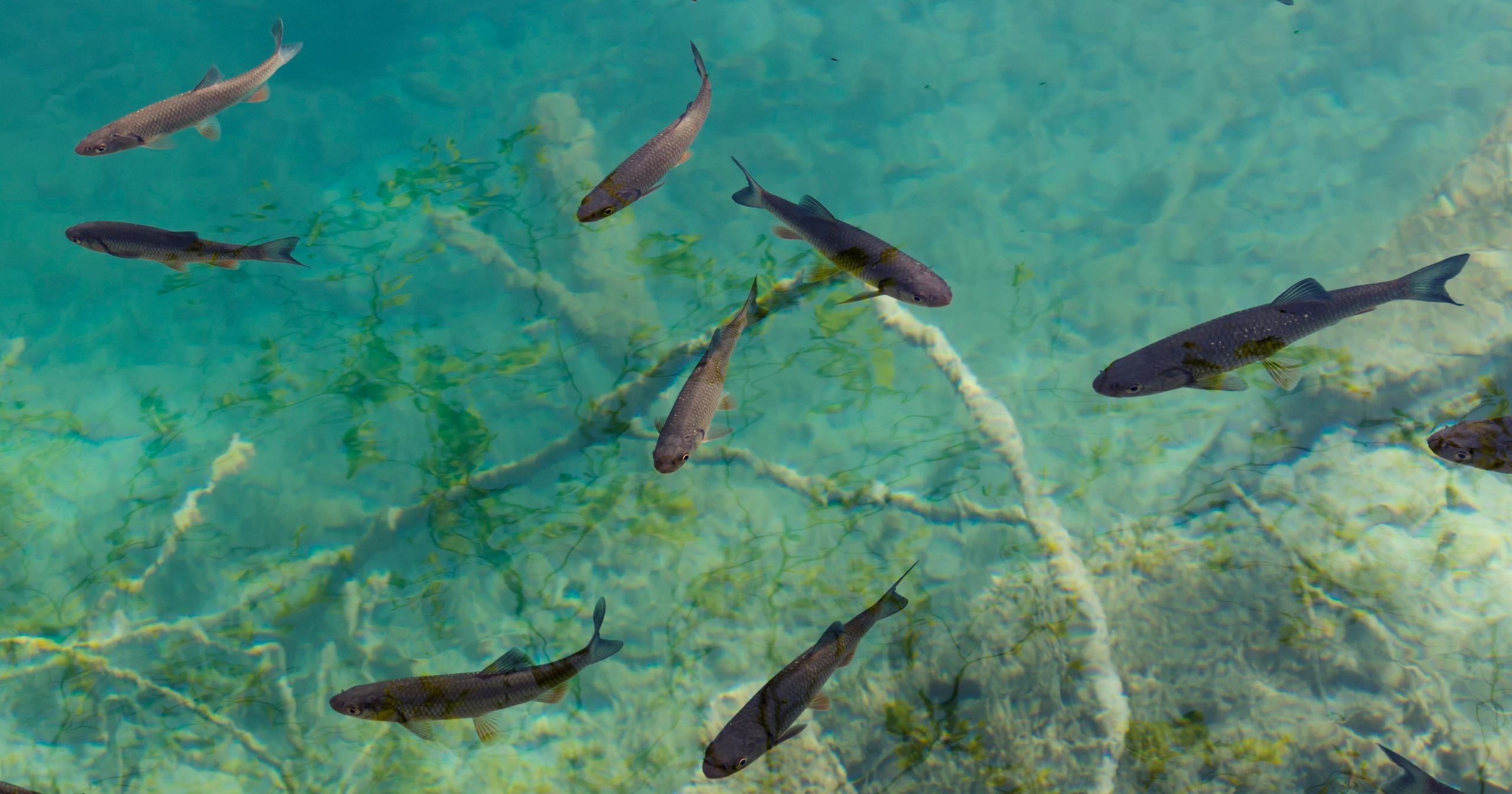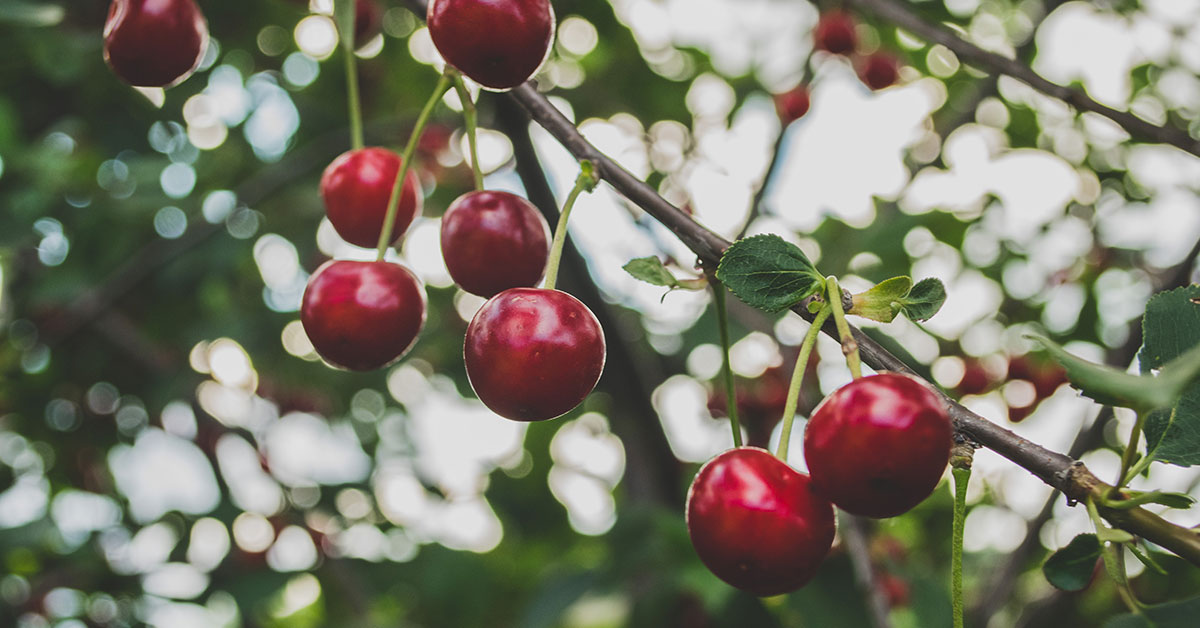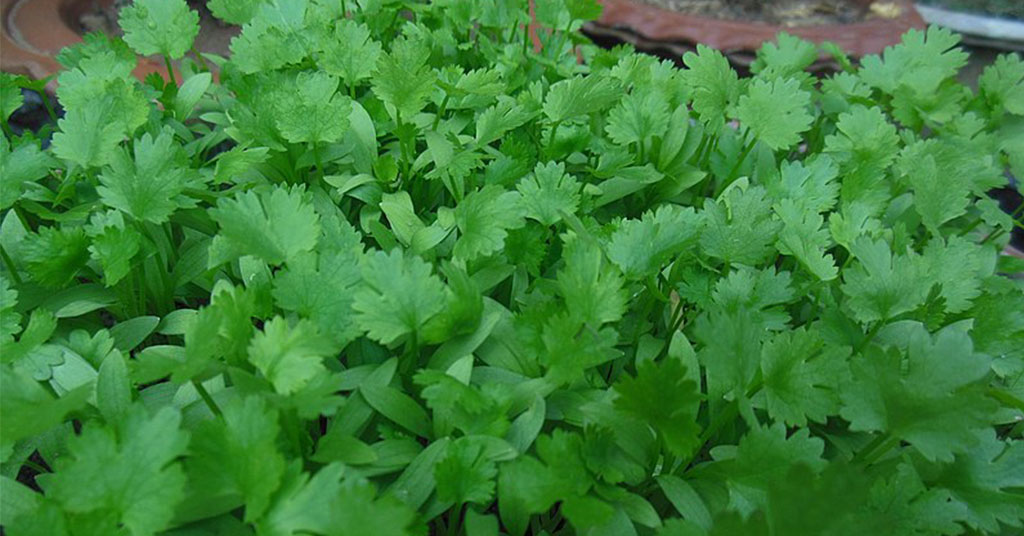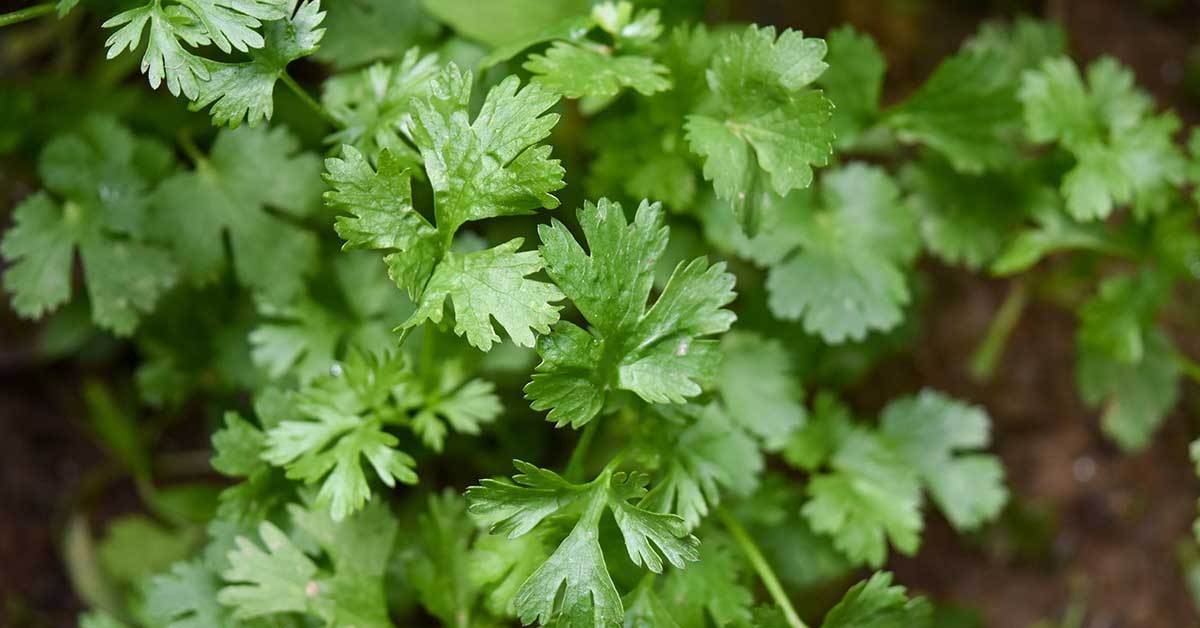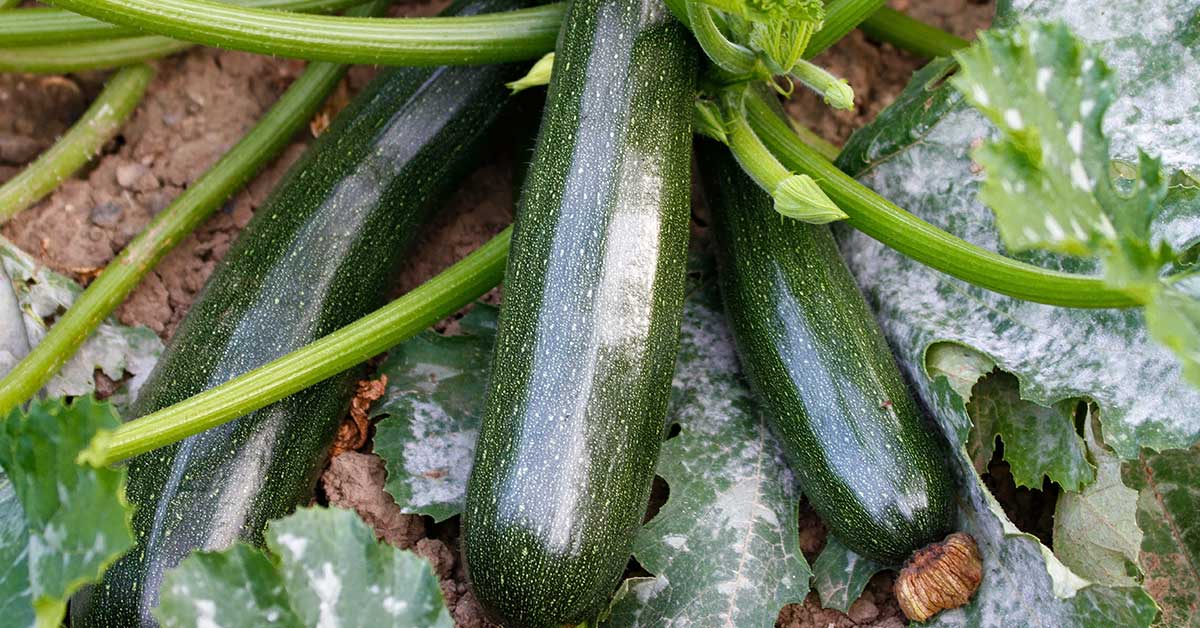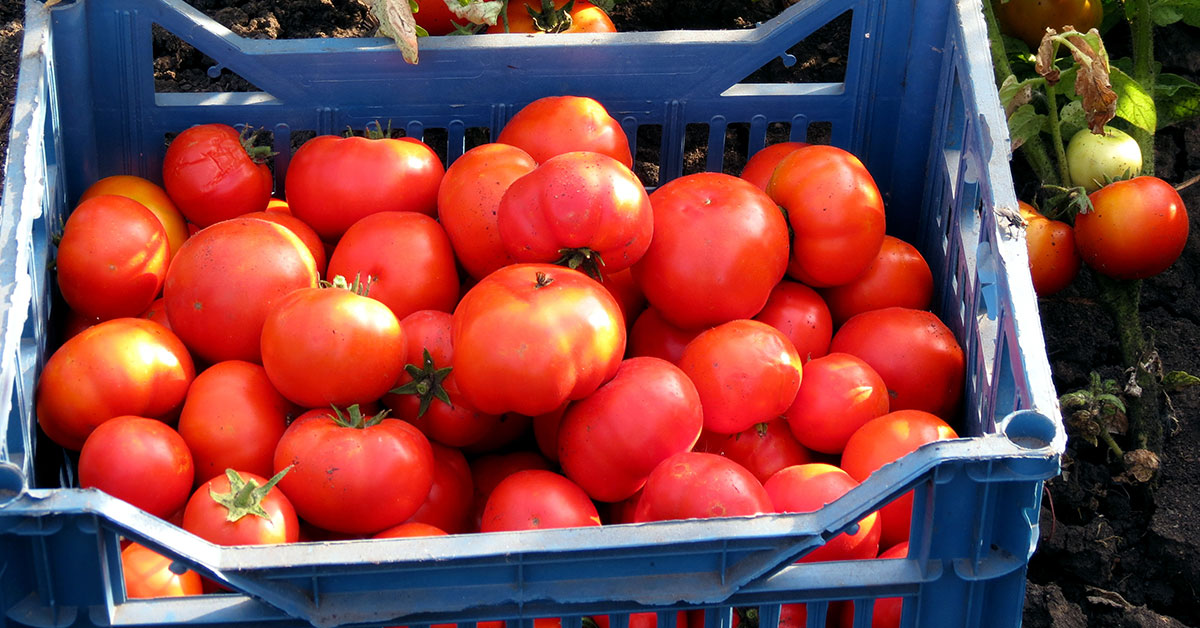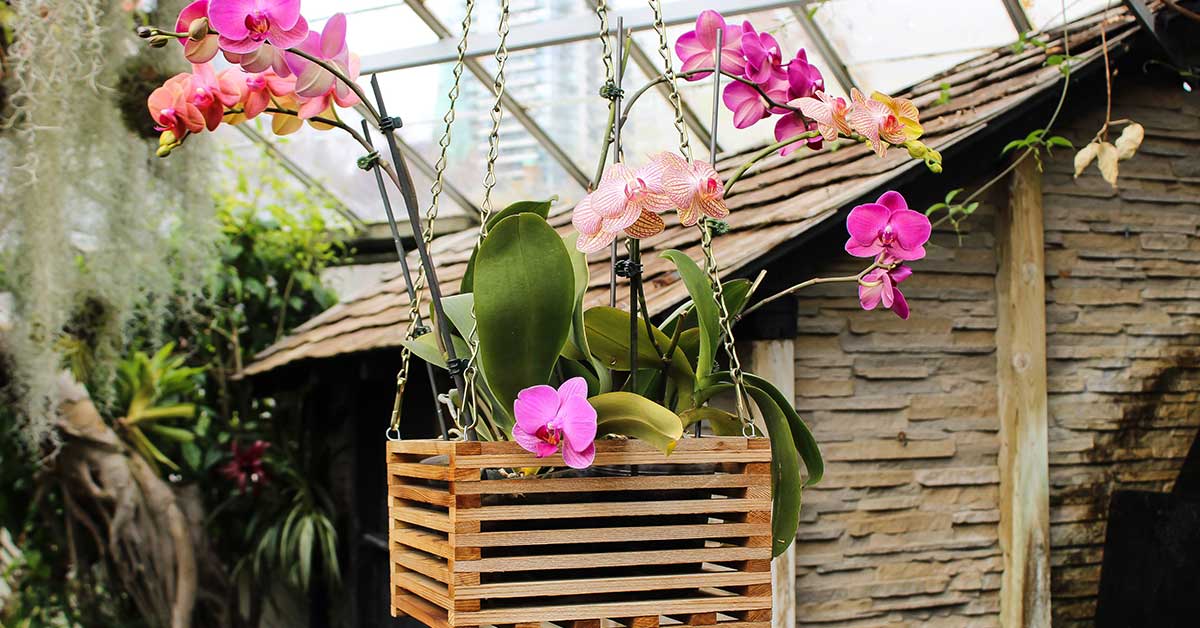Welcome to the vibrant world of gardening in Newark, where green thumbs and nature enthusiasts come together to cultivate beautiful and thriving gardens. Located in the heart of New Jersey, Newark offers a unique gardening experience with its diverse climate and rich soil. One of the key factors to consider when planning your garden in Newark is the USDA hardiness zone.
The hardiness zone is a valuable tool that helps gardeners determine which plants are most likely to thrive in a specific area based on its average annual minimum temperature. Understanding the hardiness zone of Newark will guide you in selecting the right plants, ensuring a successful and flourishing garden throughout the seasons. So, let’s dive into the fascinating world of gardening in Newark and discover the wonders that await within this dynamic hardiness zone.
What is Newark’s USDA hardiness zone?
The USDA hardiness zone is a classification system used to determine the suitability of plants for specific geographic regions based on their ability to withstand the average annual minimum temperature. It is an essential tool for gardeners and plant enthusiasts to select plants that are most likely to thrive in their specific climate. In the case of Newark, New Jersey, it falls within USDA hardiness zone 7a.
This means that the average annual minimum temperature in Newark ranges from 0 to 5 degrees Fahrenheit (-18 to -15 degrees Celsius). This information is crucial because it helps gardeners understand the limitations and possibilities of plant survival in the area. Knowing the hardiness zone of Newark allows gardeners to choose plants that can withstand the cold temperatures of the region.
Plants that are rated for zone 7a or lower are more likely to survive the winter without significant damage. However, it’s important to note that the hardiness zone only considers the average minimum temperature and doesn’t take into account other factors such as humidity, rainfall, or microclimates within a specific area. Gardeners in Newark can use this information to select plants that are best suited for their climate.
For example, they can choose cold-hardy trees like the American beech (Fagus grandifolia), red maple (Acer rubrum), or white oak (Quercus alba). They can also opt for perennial flowers such as black-eyed Susans (Rudbeckia hirta), coneflowers (Echinacea spp.), and daylilies (Hemerocallis spp.) that can survive the winter and bloom again in the spring. It’s important to note that while the hardiness zone provides a general guideline, it’s not an absolute guarantee of plant survival.
Other factors such as soil conditions, sun exposure, and moisture levels also play a significant role in determining a plant’s success. Therefore, it’s always recommended to research specific plant requirements and consult with local gardening experts or nurseries for the best results in Newark’s hardiness zone 7a.
When can you plant your garden in Newark?
In Newark, the ideal planting times for various plants can be determined by considering its USDA hardiness zone. Newark falls under USDA hardiness zone 7a, which means it experiences an average minimum temperature range of 0 to 5 degrees Fahrenheit (-17.8 to -15 degrees Celsius) in winter.
For cool-season vegetables and annuals, the ideal planting time in Newark is typically in early spring, around mid-March to early April, once the soil has thawed and temperatures consistently reach above freezing. This includes crops like lettuce, spinach, peas, broccoli, and cabbage.
Warm-season vegetables and annuals, such as tomatoes, peppers, beans, corn, and squash, should be planted after the last frost date, which usually occurs around mid-April to early May in Newark. It is important to wait until the soil has warmed up and there is no risk of frost damaging the young plants.
Perennial flowers and plants can be planted in Newark throughout the growing season, but early spring or early fall are generally the best times. This allows the plants to establish their roots before the heat of summer or the cold of winter. However, it is important to research specific plant requirements and consider their hardiness before planting.
Trees and shrubs can be planted in Newark during the dormant season, which is typically in late fall or early spring. This allows them to establish their root systems before the stress of extreme temperatures. However, container-grown plants can be planted throughout the growing season with proper care.
It’s important to note that these are general guidelines, and local weather conditions can vary from year to year. Monitoring local weather forecasts and considering specific plant requirements will help ensure successful planting in Newark.
What grows well in Newark?
Newark, New Jersey falls under USDA hardiness zone 7a. This means that the average annual minimum temperature in this area ranges from 0°F to 5°F (-17.8°C to -15°C). Here is a comprehensive list of plants that generally grow well in Newark’s hardiness zone:
- Red maple (Acer rubrum)
- Sugar maple (Acer saccharum)
- American beech (Fagus grandifolia)
- Eastern redbud (Cercis canadensis)
- American hornbeam (Carpinus caroliniana)
- White oak (Quercus alba)
- Red oak (Quercus rubra)
- American sycamore (Platanus occidentalis)
- Eastern white pine (Pinus strobus)
- Eastern hemlock (Tsuga canadensis)
- Rhododendron (Rhododendron spp.)
- Azalea (Rhododendron spp.)
- Witch hazel (Hamamelis virginiana)
- Summersweet (Clethra alnifolia)
- Inkberry (Ilex glabra)
- Virginia sweetspire (Itea virginica)
- Arrowwood viburnum (Viburnum dentatum)
- Winterberry holly (Ilex verticillata)
- Japanese barberry (Berberis thunbergii)
- Forsythia (Forsythia spp.)
- Black-eyed Susan (Rudbeckia spp.)
- Coneflower (Echinacea spp.)
- Daylily (Hemerocallis spp.)
- Hosta (Hosta spp.)
- Astilbe (Astilbe spp.)
- Bee balm (Monarda spp.)
- Russian sage (Perovskia atriplicifolia)
- Sedum (Sedum spp.)
- Phlox (Phlox spp.)
- Peony (Paeonia spp.)
- Marigold (Tagetes spp.)
- Petunia (Petunia spp.)
- Zinnia (Zinnia spp.)
- Impatiens (Impatiens spp.)
- Geranium (Pelargonium spp.)
- Snapdragons (Antirrhinum spp.)
- Cosmos (Cosmos spp.)
- Begonia (Begonia spp.)
- Salvia (Salvia spp.)
- Nasturtium (Tropaeolum spp.)
- Clematis (Clematis spp.)
- Honeysuckle (Lonicera spp.)
- Virginia creeper (Parthenocissus quinquefolia)
- Trumpet vine (Campsis radicans)
- Climbing hydrangea (Hydrangea anomala subsp. petiolaris)
Remember to consider factors like soil type, sun exposure, and moisture levels when selecting plants for your specific garden. Additionally, it’s always a good idea to consult with local nurseries or gardening experts for more specific recommendations based on your garden’s conditions.
What won’t grow in Newark?
In Newark, which falls under USDA hardiness zone 7a, there are certain plants that may struggle to thrive due to the specific climate conditions. Here are some plants that may not perform well in Newark:
- Tropical plants: Plants such as hibiscus, bougainvillea, and banana trees are not suitable for Newark’s colder winters and may require protection or indoor care.
- Citrus trees: While some cold-hardy citrus varieties can survive in zone 7a, they may still struggle with the occasional harsh winter temperatures and may require extra protection.
- Tender perennials: Plants like geraniums, impatiens, and begonias are typically grown as annuals in Newark due to the colder winters. They may not survive the frost and should be treated as seasonal plants.
- Warm-season vegetables: Crops like tomatoes, peppers, and eggplants prefer longer, hotter growing seasons. In Newark, the shorter summers and cooler temperatures may limit their productivity.
- Mediterranean plants: Plants like lavender, rosemary, and olive trees thrive in Mediterranean climates with mild winters. Newark’s colder temperatures and occasional snowfall may pose challenges for their survival.
It’s important to note that while these plants may not thrive in Newark’s climate, with proper care, protection, and microclimate adjustments, it is still possible to grow them successfully.


